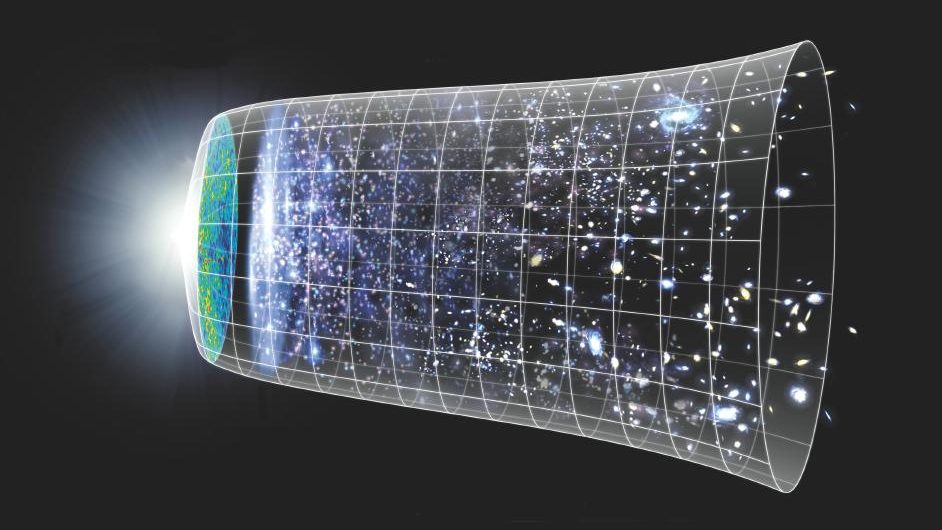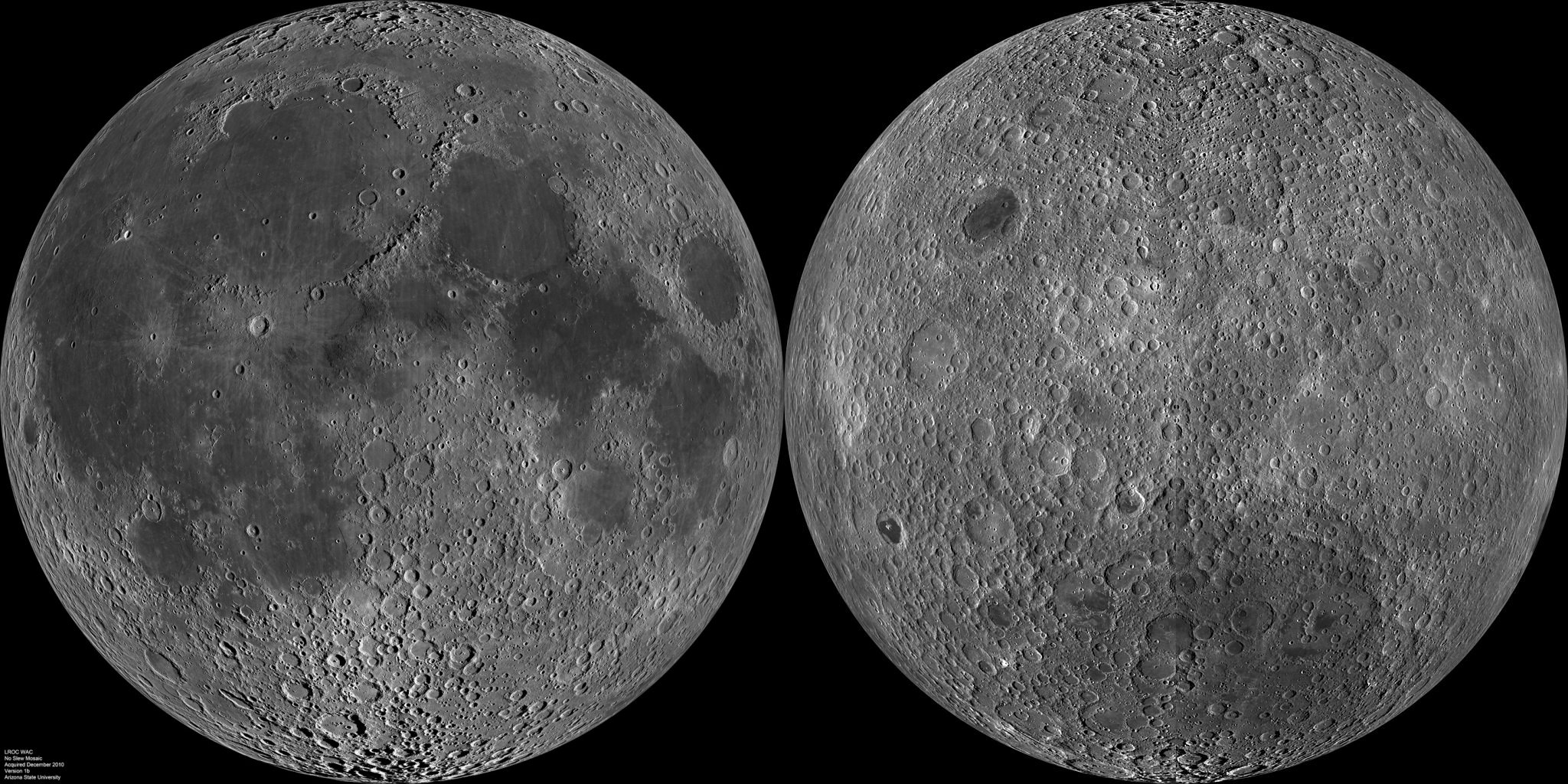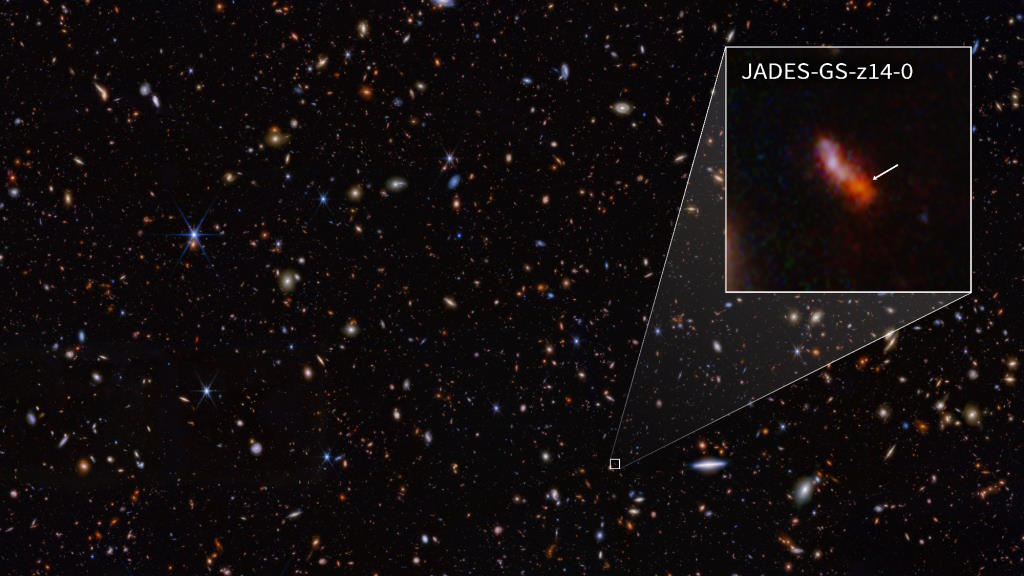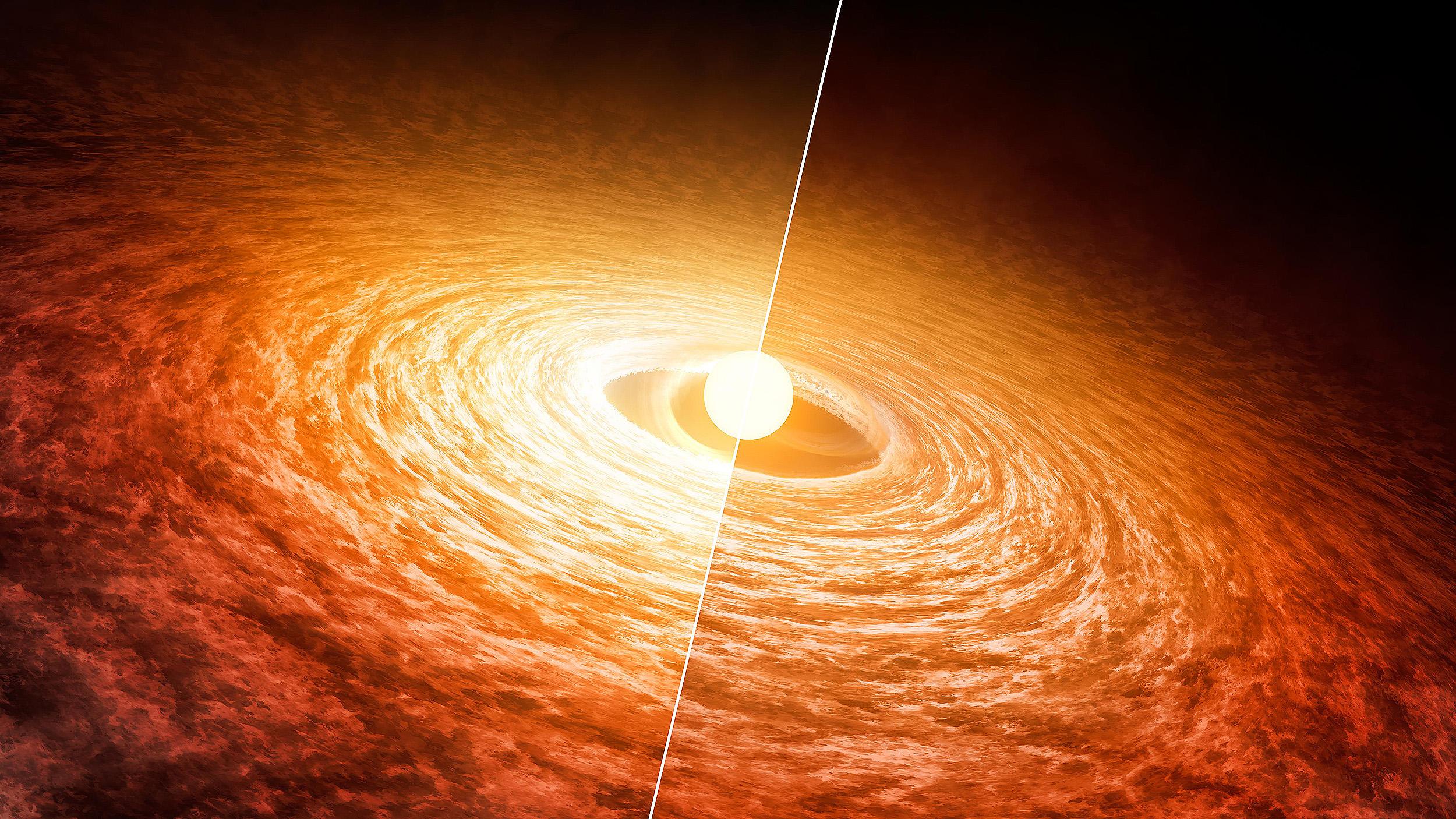
The Universe is out there, waiting for you to discover it.
Our mission: to answer, scientifically, the biggest questions of all.
- What is our Universe made of?
- How did it become the way it is today?
- Where did everything come from?
- What is the ultimate fate of the cosmos?
For countless generations, these were questions without resolutions. Now, for the first time in history, we have scientific answers. Starts With A Bang, written by Dr. Ethan Siegel, brings these stories — of what we know and how we know it — directly to you.
Get Starts With A Bang in your inbox
Featured
Why power generated through nuclear fusion will be the future, but not the present, solution to humanity’s energy needs.
It’s a strange idea to consider: that a tiny building block of matter, the atomic nucleus, holds the greatest potential for energy release.
And yet, it’s true; while electron transitions in atoms or molecules typically release energy on the order of ~1 electron-Volt, nuclear transitions between different configurations release energies a million times as great, on the order of ~1 Mega-electron-Volt.
Popular
From before the Big Bang to the present day, the Universe goes through many eras. Dark energy heralds the final one.
A wild, compelling idea without a direct, practical test, the Multiverse is highly controversial. But its supporting pillars sure are stable.
The surface and atmosphere is colored by ferric oxides. Beneath a very thin layer, mere millimeters deep in places, it’s not red anymore.
The first supernova ever discovered through its X-rays has an enormously powerful engine at its core. It’s unlike anything ever seen.
Just 13.8 billion years after the hot Big Bang, we can see 46.1 billion light-years away in all directions. Doesn’t that violate…something?
All Stories
Just 13.8 billion years after the hot Big Bang, we can see objects up to 46.1 billion light-years away. No, this doesn’t violate relativity.
We know of stellar mass and supermassive black holes, but intermediate mass ones have long proved elusive. Until now.
The Bullet Cluster has, for nearly 20 years, been hailed as an empirical “proof” of dark matter. Can their detractors explain it away?
On a cosmic scale, our existence seems insignificant and inconsequential. But from another perspective, humans are completely remarkable.
The standard picture of our Universe is that it’s dominated by dark matter and dark energy. But this alternative is also worth considering.
On the largest of cosmic scales, the Universe is expanding. But it isn’t all-or-nothing everywhere, as “collapse” is also part of the story.
From the explosions themselves to their unique and vibrant colors, the fireworks displays we adore require quantum physics.
The structure of our Solar System has been known for centuries. When we finally started finding exoplanets, they surprised everyone.
There are many things that separate science from ideology, politics, philosophy, or religion. Follow these 10 commandments to get it right.
The last infant stars are finishing their formation inside these pillars of gas. The evaporation of those columns is almost complete.
Sure, there’s less daylight during winter than summer, as your hemisphere is tilted away from the Sun. But darkness goes deeper than that.
Our thermodynamic arrow of time explains why the entropy of any isolated system always increases. But it can’t explain what we perceive.
The near and far sides of the Moon are so different from each other, and no one is sure why. New lunar samples could confirm a wild theory.
All telescopes are fundamentally limited in what they can see. JWST reveals more distant galaxies than Hubble, but still can’t see them all.
There was a time where no starlight was visible throughout the entire cosmos. That time was short-lived: shorter than astronomers imagined.
Gravitational waves carry enormous amounts of energy, but spread out quickly once they leave the source. Could they ever create black holes?
Traveling back in time is a staple of science fiction movies. But according to Einstein, it’s a physical possibility that’s truly allowed.
The sharpest optical images, for now, come from the Hubble Space Telescope. A ground-based technique can make images over 100 times sharper.
Almost 100 years ago, an asymmetric pathology led Dirac to postulate the positron. A similar pathology could lead us to supersymmetry.
From the coldest planets to spacecraft that have exited the Solar System, these little-known facts stump even many professional astronomers.
The Universe’s history, from cosmic inflation to the Big Bang to the present, is known. But whether it’s infinite or not is still a mystery.
Although the Big Bang occurred at an instant in time long ago, we still see the light from it. Will the evidence ever disappear completely?
Known as hypervelocity stars, we originally thought just one would be ejected every 100,000 years. The real number is much greater.
Newborn stars are surrounded only by a featureless disk. Debris disks persist for hundreds of millions of years. So when do planets form?
In December 1968, human beings made their first-ever journey to the Moon aboard Apollo 8. Their most important discovery? Planet Earth.
Out beyond Neptune are some fascinating bodies left over from our Solar System’s formation. Could one of them truly be spectacular?
From forming bound states to normal scattering, many possibilities abound for matter-antimatter interactions. So why do they annihilate?
SARS-CoV-2 first emerged in humans in 2019. Despite much noise generated by lab leak proponents, the evidence indicates a natural origin.
On June 20, 2024, the summer solstice occurs at its earliest moment since 1796: when George Washington was President of the USA. Here’s why.
There are two different ways to measure the expansion rate of the Universe, and they don’t agree. And no, new measurements don’t help.






































